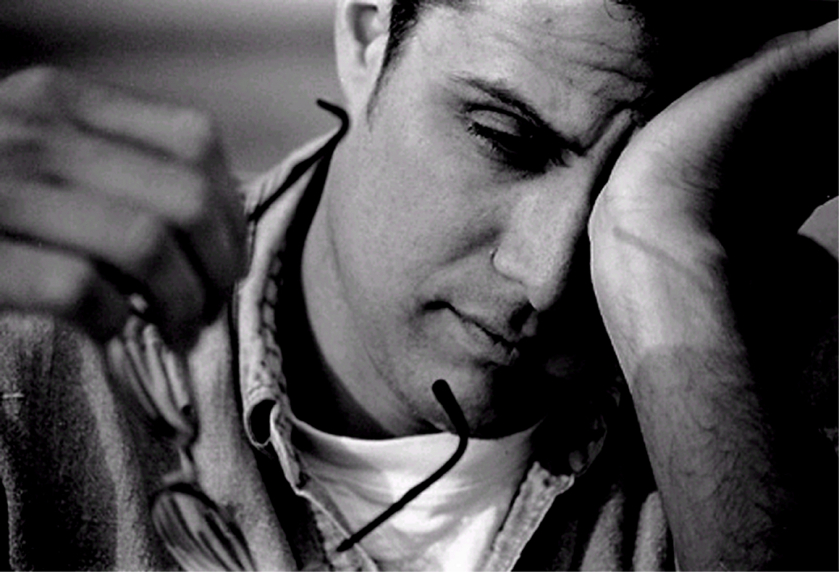
Severe depression is notoriously difficult to treat. Very often people with severe depression will have been on countless different medications and tried a variety of different cognitive therapies to no avail.
Some may even have had E.C.T., the technique of inducing an epileptic seizure, which does have evidence of success for some patients.
In 2010 around one million people in Australia experienced an episode of depressive illness. There are around 2500 lives lost to suicide each year, a number greater than lives lost on our roads. Depression is the third largest individual health problem after heart disease and stroke.
For over ten years now, doctors have been using deep brain stimulation, an electronic stimulator implanted into the brain as a form of treatment for severe depression, but little has been really understood on how the device works.
Researchers from the Washington University School of Medicine using brain scans, have revealed that stimulating the vagus nerve leads to changes in brain metabolism several weeks or even months before patients start to feel better.
The vagus nerve is one of our cranial nerves that runs from the brain to the abdomen and plays a critical role in helping to regulate our heart beat, keep us breathing, control muscle movement and keeps our guts working.
Over -stimulation of the vagus nerve can lead to what is known as a vaso-vagal attack where someone will faint as the result of their heart rate slowing and blood pressure dropping.
In medicine, selective stimulation of the vagus nerve has been used by doctors to treat a number of conditions including epilepsy. Now its role in treating drug resistant depression is becoming more widely known.
Professor Conway and his team followed 13 people with severe depression that had not responded to conventional antidepressants. Most had had the condition for at least two years and some had had severe depression for over twenty years.
These 13 people underwent surgery to have an electrode implanted that electronically stimulated the left vagus nerve for 30 seconds every five minutes. In addition they underwent PET brain scans prior to the surgery and then after three and twelve months .
Of the thirteen people, nine responded with improvement in their depression. However it took several months for the effects to show. What the PET scans revealed was that there was a significant change in the brain metabolism after three months of the stimulation, which preceded the improvement of symptoms by several months. Professor Conray believes this demonstrates that it is the change in the brain’s metabolism that occurs as an adaptive process to the stimulation that leads to a change in brain function and ultimately a lift in mood.
The PET brain scans also showed that it was the deeper brain regions that are dopamine rich that change following the stimulation. Dopamine is one of the brain’s neurotransmitters and is known as the brain’s reward chemical, as it is released when we experience pleasure or a rewarding experience.
Depression is a major problem in society with increasing numbers of people being diagnosed with the condition. Fortunately not everyone develops the more severe type. This research helps us to understand that the physiological change that occurs in the brain and how for some people with severe depression that is unresponsive to other measures; vagus nerve stimulation appears to offer potential relief of symptoms from this debilitating condition.
With so many people suffering from depression in our modern society, it is vital that new, effective and safe treatments are found to minimise the impact depression has not on the person with the condition, but their loved ones, friends and work colleagues as well.
Ref:
Charles R. Conway, John T. Chibnall, Marie Anne Gebara, Joseph L. Price, Abraham Z. Snyder, Mark A. Mintun, A.D. (Bud) Craig, Martha E. Cornell, Dana C. Perantie, Luis A. Giuffra, Richard D. Bucholz, Yvette I. Sheline. Association of cerebral metabolic activity changes with vagus nerve stimulation antidepressant response in treatment-resistant depression. Brain Stimulation, 2013; DOI: 10.1016/j.brs.2012.11.006

